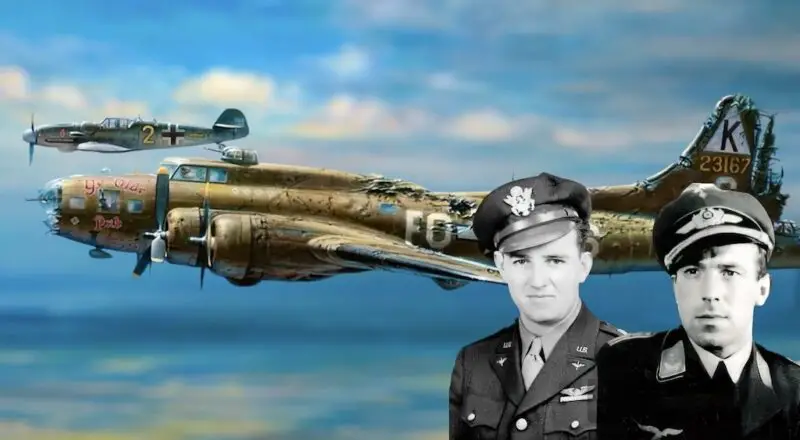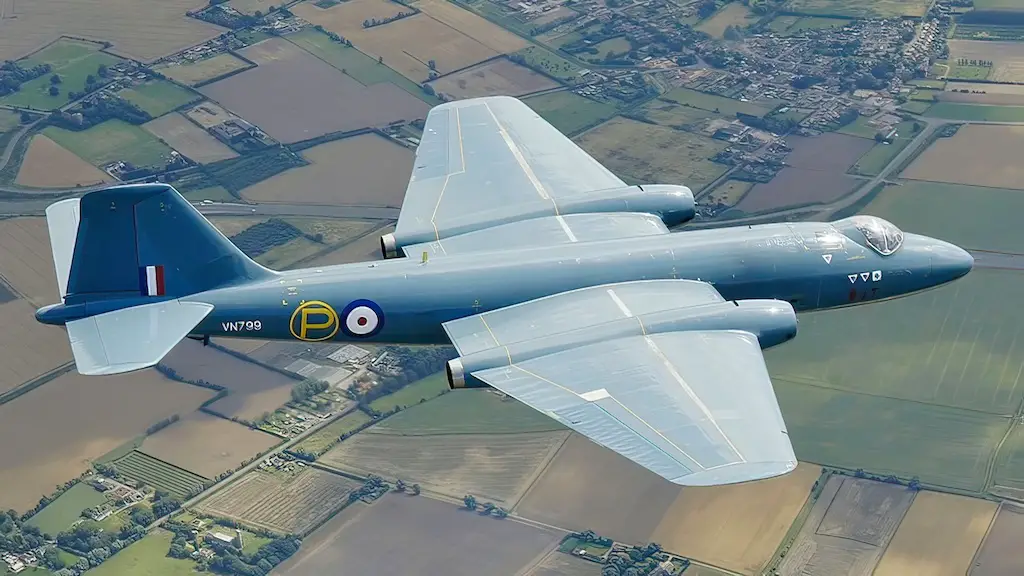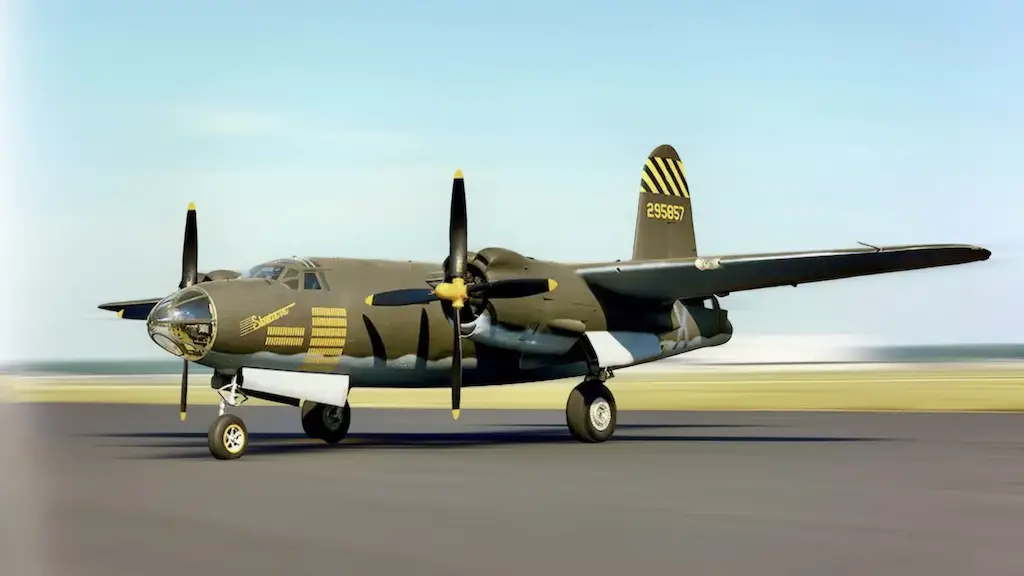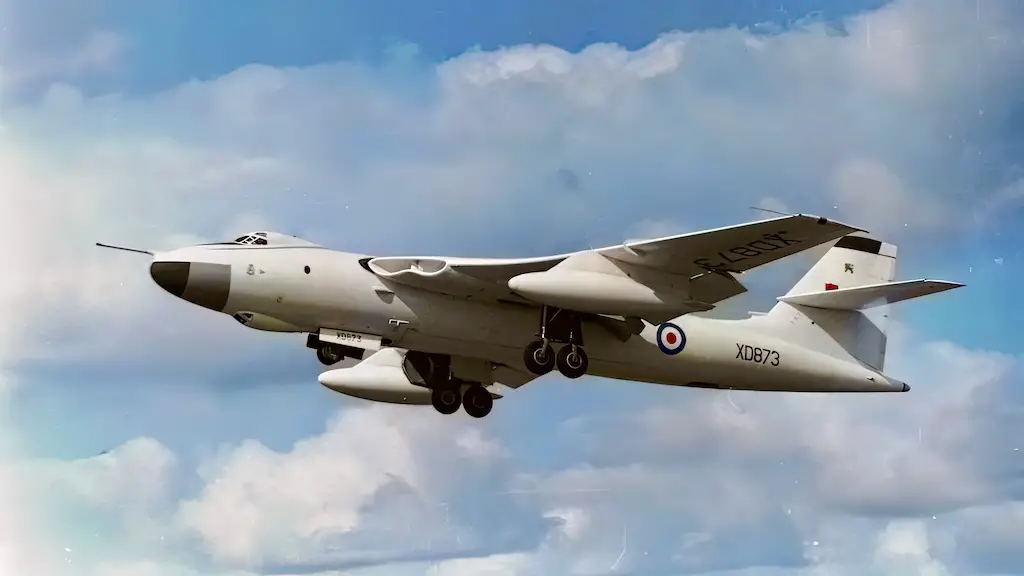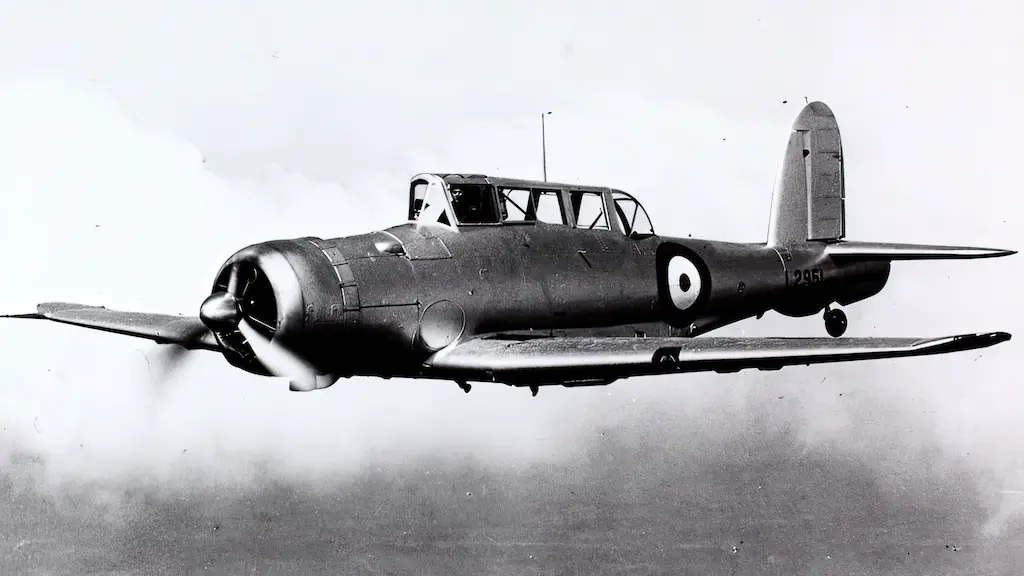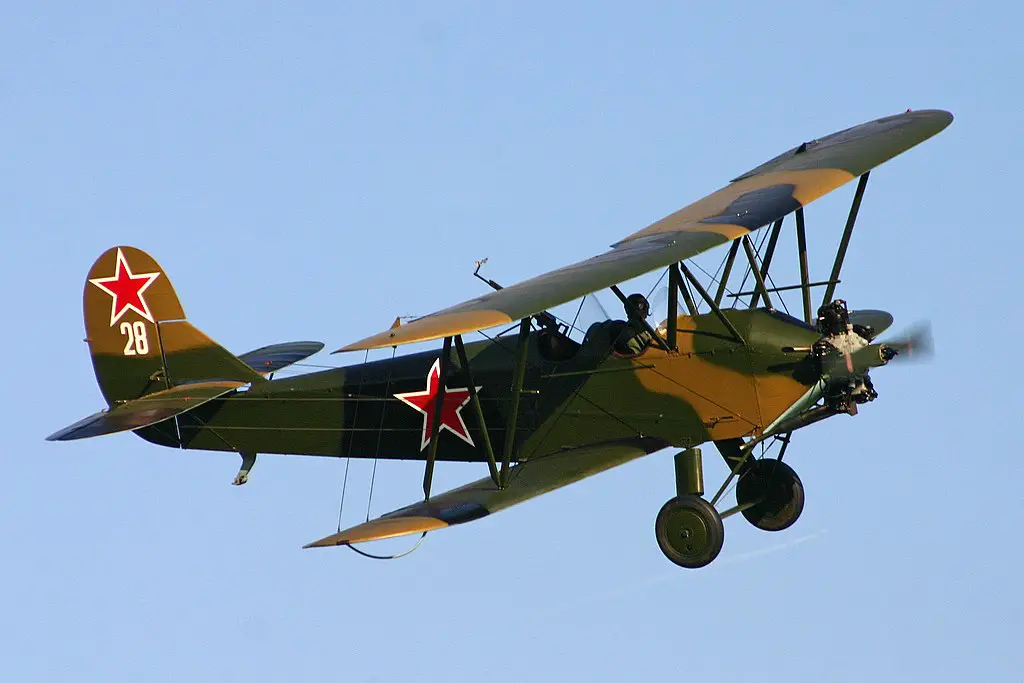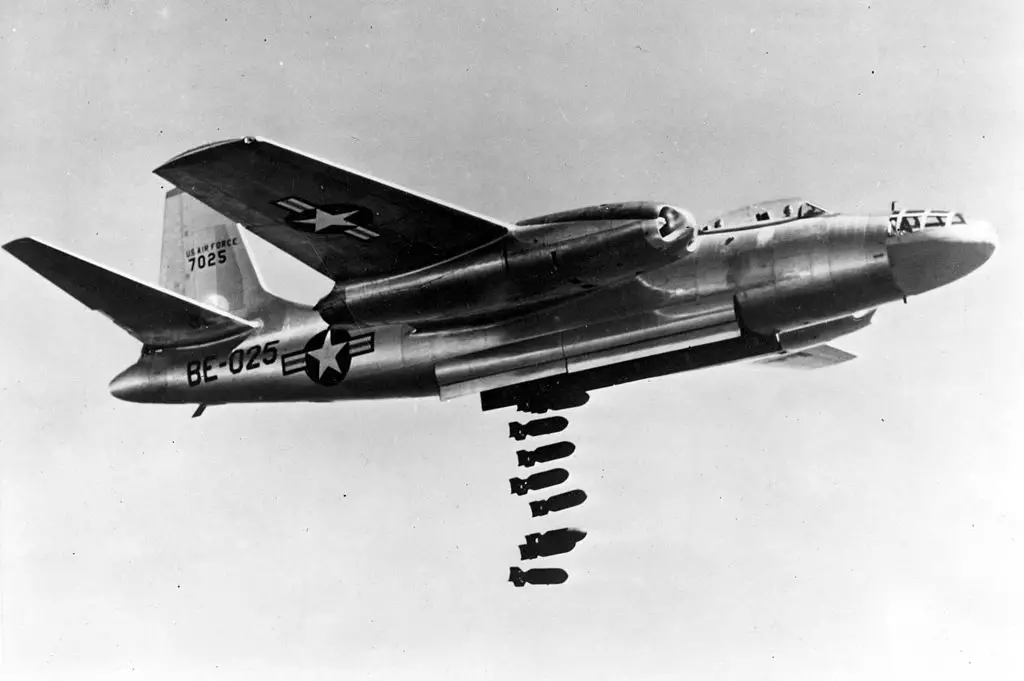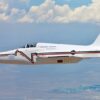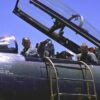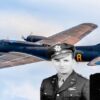The first of its kind
Something had to start things off to lead the way with ever evolving new technology, and the B-45 has a long list of firsts. The first American four-engine jet bomber to fly, the first American production jet bomber, the first jet bomber capable of carrying an atomic bomb; and the first multi-jet reconnaissance aircraft to refuel in mid-air.
All incredible stuff I am sure you’ll agree but it doesn’t end there. It was also the first operational four-engine jet bomber produced in substantial quantities in the US and was the first bomber with swept wings, cutting drag and improving performance at high speeds.
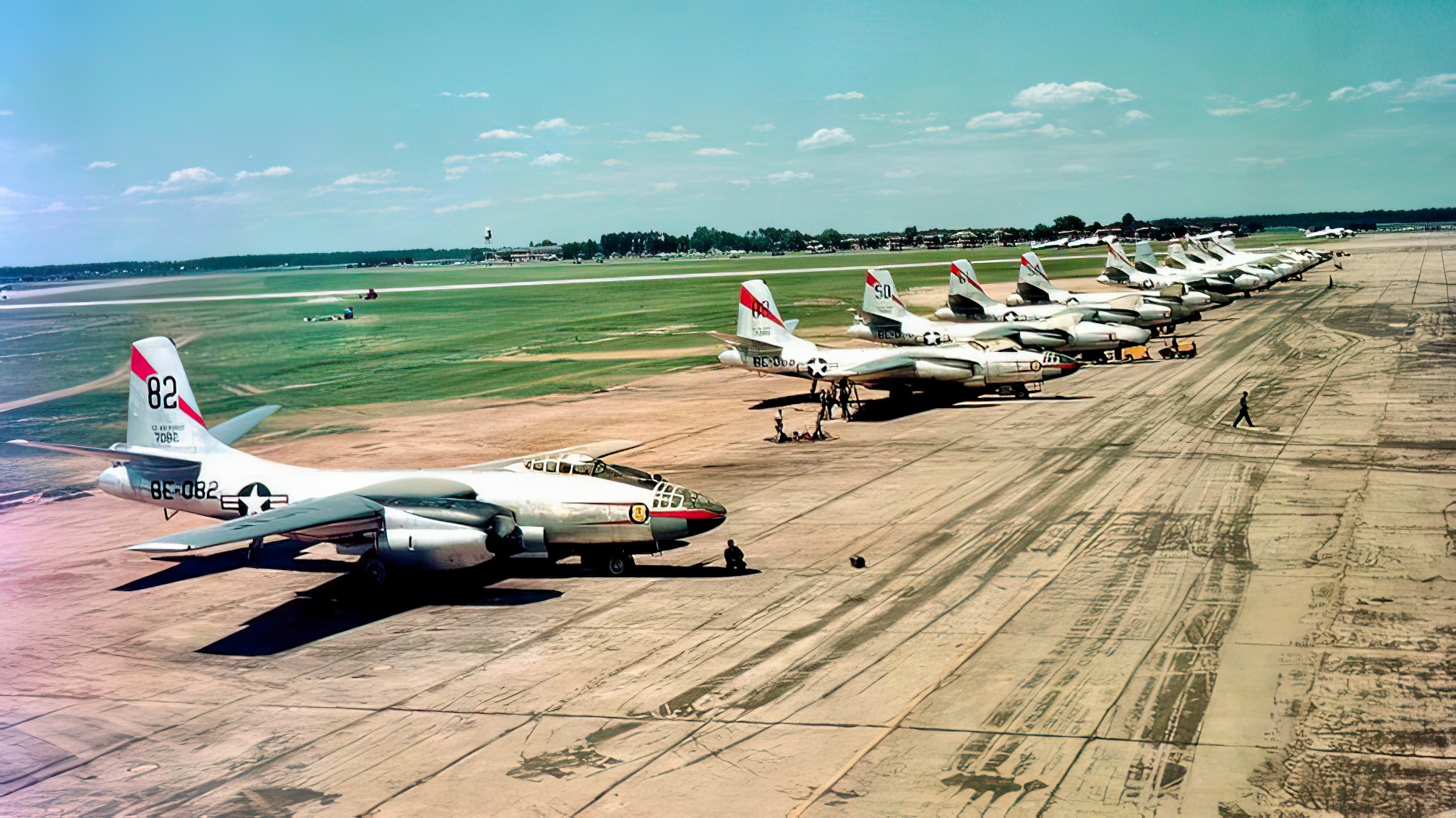
Initial ideas
Design of the Tornado began during World War II, and the B-45 made its first flight in March 1947. North American built 142 B-45s, including 10 long-range B-45Cs with wingtip fuel tanks and 33 RB-45Cs configured for high-altitude photo reconnaissance and aerial refueling.
With a range of around 2,000 miles and a maximum speed of approximately 570 miles per hour, the bomber outperformed previous designs and offered capabilities that significantly raised the bar. The B-45 helped improve jet bombers and paved the way for more advanced planes like the B-47 Stratojet and the legendary B-52 Stratofortress.
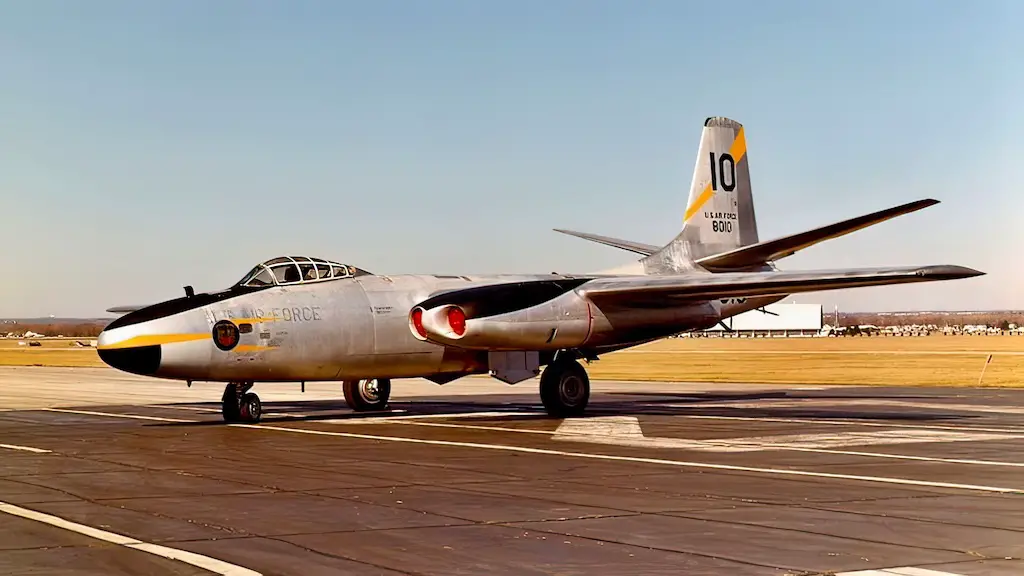
Development
Close to the end of WWII, the U.S. Army Air Force was interested in jet engine technology, and while jet fighters were prioritized, there was also significant interest in bombers. This was partially due to the development of nuclear weapons, as aircraft were the only means of delivering such ordnance at the time. North American Aviation (now part of Boeing) came up with a promising design and was awarded the contract in 1945, and by May 17, 1947, they had already built the first XB-45 prototype.
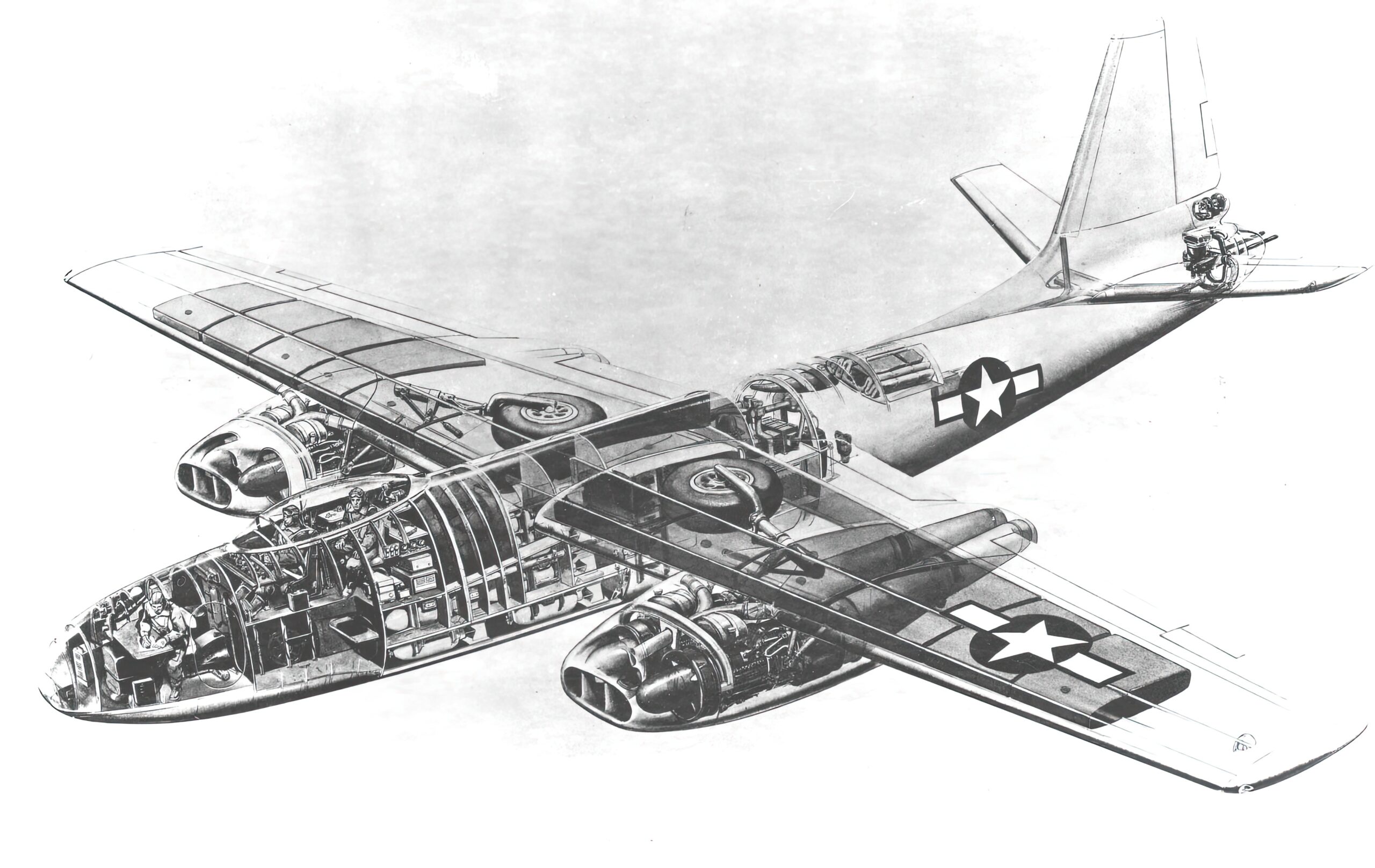
Throughout development, the initial prototype went through several changes, including adjustments to the engines and the inclusion of a tail gunner position. The B-45’s final design was equipped with four General Electric J47 turbojet engines, a four-person crew, and a maximum 12,000-pound bomb load.
The B-45 Tornado first saw service with the USAF in 1948 as a strategic bomber. Several of these were later adapted for duty as reconnaissance aircraft. The 47th and 307th Bombardment Wings, among others, were among the US Air Force units that used the B-45.
Facing off against MiGs in Korea
The North American B-45 Tornado was mostly utilized as a bomber during the Korean War, but it was also employed as a reconnaissance aircraft to learn more about the whereabouts of the enemy. In late 1951, the US Air Force modified a B-45A bomber to carry a pod-mounted camera system and designated it the RB-45C.
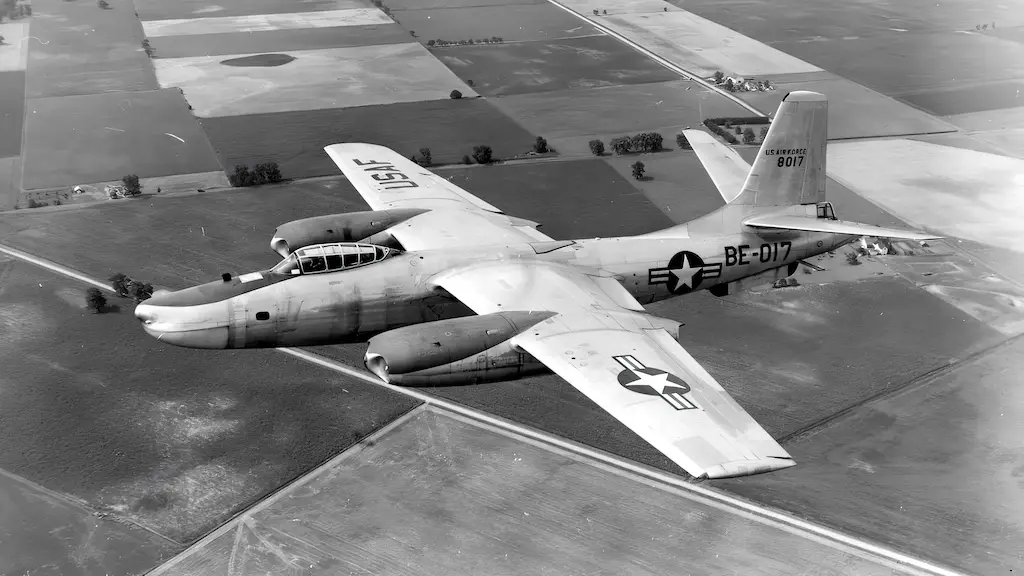
On July 29, 1952, a Tornado was flying over North Korea on a mission to take aerial pictures of adversarial positions. Two MiG-15 fighters produced by the Soviet Union attacked the B-45C at a height of about 40,000 feet. These aircraft were faster and more maneuverable than the American bomber. The B-45C was heavily armed with eight.50 caliber machine guns, but despite this, it could not repel the MiGs and was struck by their cannon fire.
One of the B-45C’s engines failed due to the damage it had received, but the crew could still make an emergency landing at a US airbase in Japan. The US forces found the intelligence obtained by the RB-45C during the operation to be useful. Yet, the incident demonstrated the B-45’s susceptibility to Soviet fighters and the demand for more sophisticated bomber aircraft.
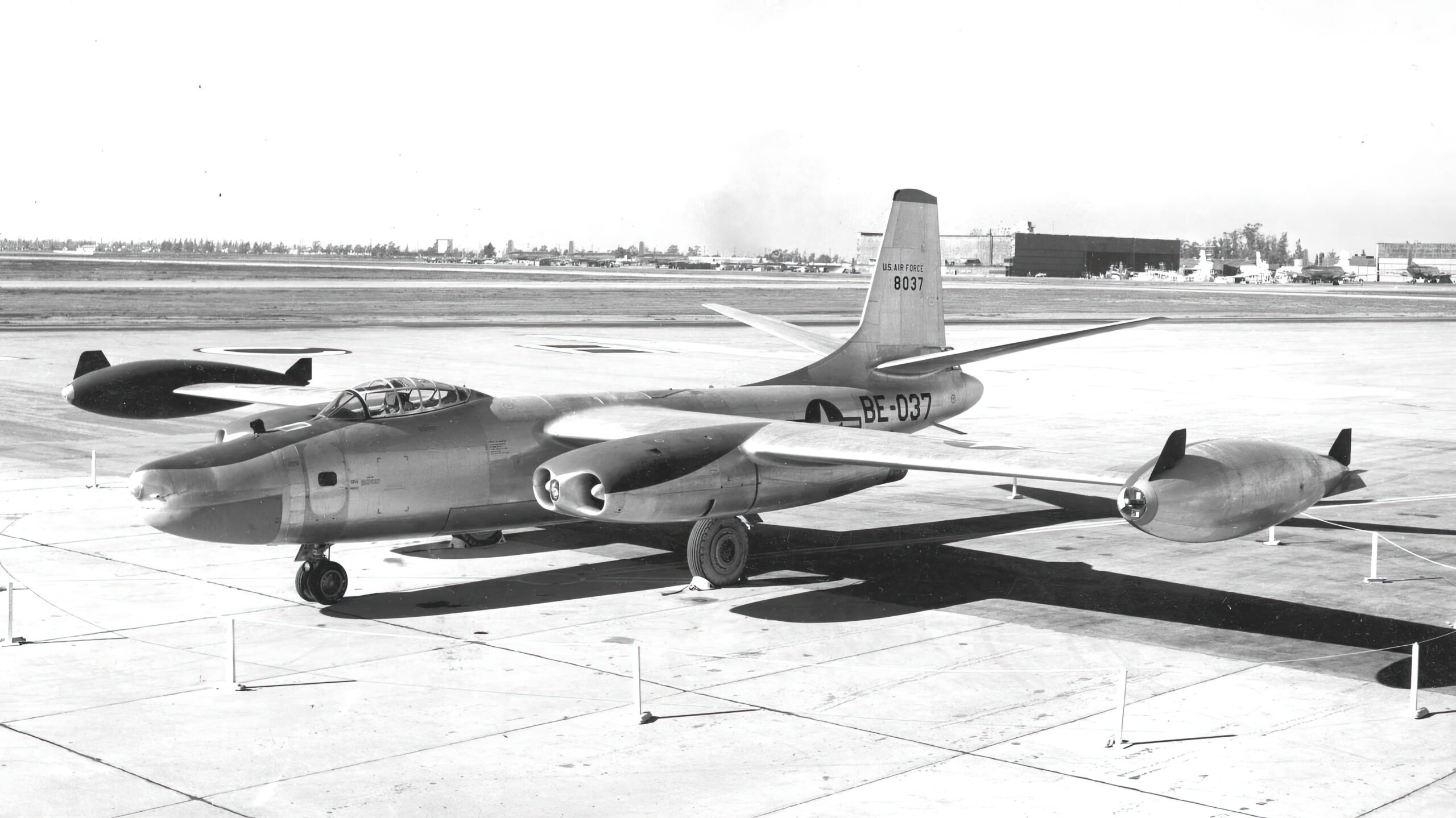
The short operational career
The range of the B-45 was among its main drawbacks. The Tornado could go great distances at high altitudes, but its range was constrained, especially when loaded with bombs. Because of this, the B-45 found it challenging to carry out long-distance bombing missions or reconnaissance flights without refueling along the way.
Its defensive weaponry was ineffective against contemporary fighter planes and lacked the speed and agility to avoid or repel hostile fighters successfully. This was a problem, especially later in its operational lifetime when more sophisticated fighter planes were in service.
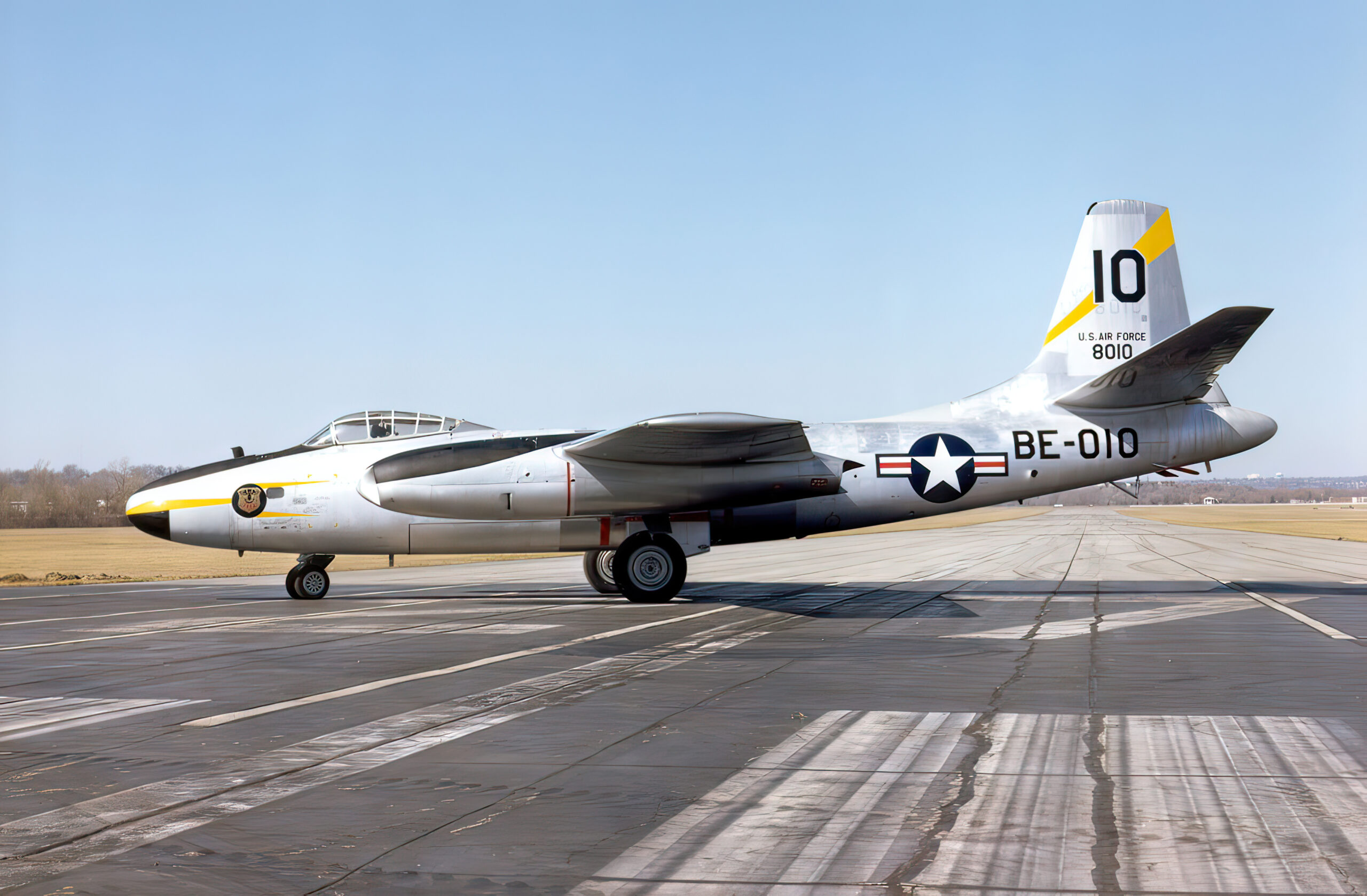
The B-45 was gradually being phased out of service by the middle of the 1950s, and the final B-45 bomber was decommissioned from active duty in 1959. The B-45 Tornado played a crucial part in the history of military aviation despite having a relatively short operational career. It helped pave the way for more sophisticated jet bombers and contributed to the advancement of strategic bombing and reconnaissance tactics.

